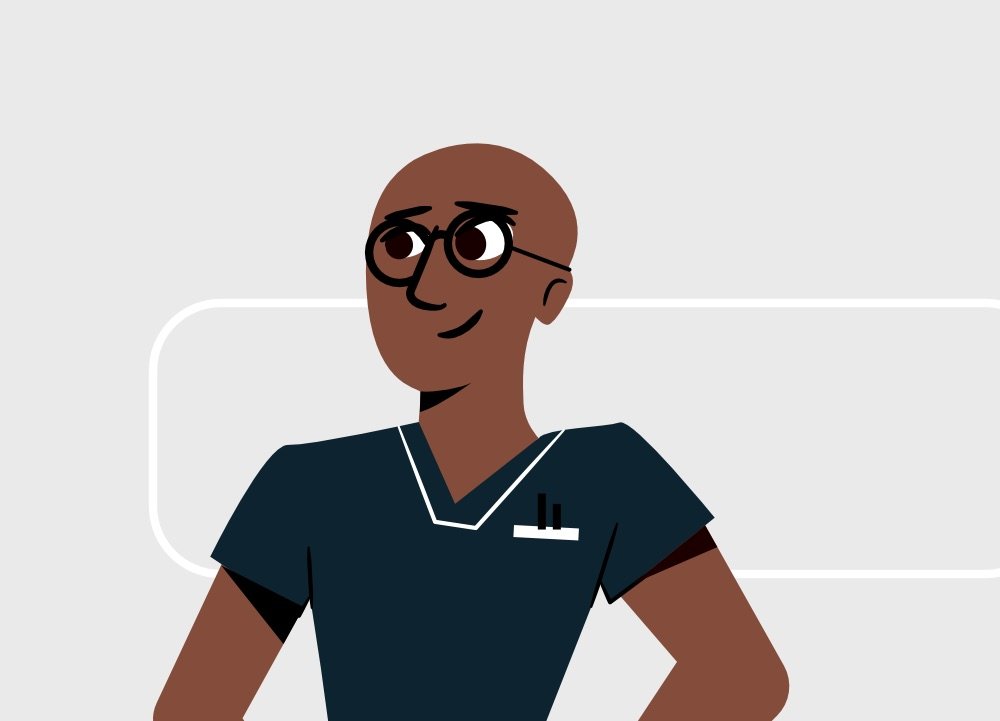Table Of Contents
Cerebral Palsy
Cerebral palsy is a neurological disorder caused by non-progressive brain injury or malformation resulting in permanent neurological damage. This occurs when the child’s brain is developing. Body movement and muscle coordination is primarily affected. The most common cause is anoxic brain injury during the perinatal perior or before 2 years of age. The aim of treating cerebral palsy is to support the patient to achieve the most fulfilled and independent life. Management involves a multi-disciplinary team approach
Causes of cerebral palsy
| Cause | Examples |
|---|---|
| Antenatal | Maternal infection, trauma during pregnancy |
| Perinatal | Birth asphyxia, pre-term birth |
| Post-natal | Meningitis, intraventricular hemorrhage, severe neonatal jaundice, head injury |
Classification of cerebral palsy
| Classification | Description |
|---|---|
| Spastic CP (Pyramidal, 75%) | Increased muscle tone with increased muscle velocity (hypertonia) and hyperreflexia. Most common subtype. Due to damage of upper motor neurons. |
| Athetoid (Dyskinetic/Extrapyramidal) | Problems controlling muscle tone with hypertonia and hypotonia which causes Involunatry writhing movements and oro-motor problems. Results from damage to the basal ganglia. |
| Ataxic | Issues with coordination and balance. Results from damage to the cerebellum |
| Hypotonic | Loss of muscle tone and strength, resulting in weakness and floppiness |
| Mixed | Mix of spastic, dyskinetic and/or ataxic features due to damage to different portions of the brain |
Classification according to limbs affected
| Classification | Description |
|---|---|
| Quadriplegic | All 4 extremities are affected severely. Also often involves muscles of facial expression, seizures, speech disturbances and other impairments. |
| Diplegic | Two contralateral extremitites (typically both lower extremitites) are affected |
| Hemiplegic | Two ipsilateral extremities are affected |
| Monoplegic | One limb is affected |
- Signs and symptoms
- Failure to meet milestones
- Increased or decreased tone (generally or in affected limbs)
- Hand preference before 18 months
- Problems with coordination, speech or walking
- Feeding or swallowing problems
- Learning difficulties
- Physical examination
- Hemiplegic/diplegic gait (UMN lesion): legs extended with plantarflexion of the feet and toes. The leg is swung around in a large semicircle when it is moved from behind to front.
- Good muscle bulk
- Hypertonia
- Spasticity (muscle stiffness or tightness that increases with muscle contraction velocity)
- Brisk reflexes
- Slightly reduced power
- Athetoid movements
- Test for coordination
- Non-operative treatment
- Physiotherapy: to stretch and strengthen muscles, maximize function and prevent contractures
- Occupational therapy: to help the patients manage everyday activities
- Speech and language therapy: to help with speech and swallowing
- Dieticians: to ensure they meet nutritional requirements. Some children can be fed using a PEG or NG tube
- Mobility assistance e.g. walkers
- Bracing
- Social worker: to help with benefits and support
- Charities and support groups to provide opportun
- Pharmacological treatment
- Muscle relaxants (baclofen) for spasticity and contracutres
- Anti-epileptic drugs for seizures
- Glycopyrrolate for excessive drooling
- Indications and options for operative treatment (orthopaedics)
- Hip sublaxation or dislocation: tendon release and osteotomies
- Knee contractures: hamstring lengthening procedures
- Foot and ankle deformitites: tendon transfers or osteotomies
- Complications and associated conditions
- Learning disability
- Epilepsy
- Kyphoscoliosis
- Muscle contractures
- Hearing and visual impairment
- Gastro-esophageal reflux

